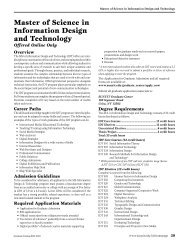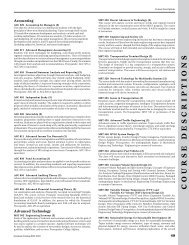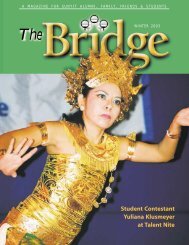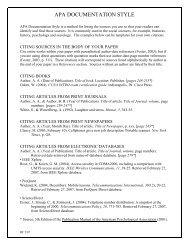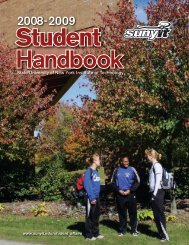Expanding the Public Sphere through Computer ... - ResearchGate
Expanding the Public Sphere through Computer ... - ResearchGate
Expanding the Public Sphere through Computer ... - ResearchGate
You also want an ePaper? Increase the reach of your titles
YUMPU automatically turns print PDFs into web optimized ePapers that Google loves.
CHAPTER 4. ABORTION DISCOURSE IN THE PUBLIC SPHERE 59<br />
medicine from <strong>the</strong> control of midwives and o<strong>the</strong>r “non-professional” practitioners,<br />
and place decisions about abortion within <strong>the</strong> domain controlled by doctors.<br />
The state laws, which typically made abortion illegal at any time during pregnancy<br />
unless necessitated by medical considerations, created a zone of discretion<br />
between “<strong>the</strong>rapeutic” and “criminal” abortions, and left physicians with virtually<br />
no guidance about how to navigate <strong>the</strong> distinctions.<br />
The physicians used advances in <strong>the</strong> biological sciences made during <strong>the</strong> first<br />
half of <strong>the</strong> century to publicize <strong>the</strong> process of fetal development. These advances<br />
called into question <strong>the</strong> traditional doctrine of quickening by viewing pregnancy<br />
as a continuous process from conception to birth. Although <strong>the</strong>re is evidence that<br />
this knowledge was disseminated into <strong>the</strong> general public prior to <strong>the</strong> physicians’<br />
campaign (Luker 1984), <strong>the</strong> physicians never<strong>the</strong>less argued that women who terminated<br />
<strong>the</strong>ir pregnancies did so out of ignorance of <strong>the</strong> biological processes underway.<br />
Two additional factors appear to be associated with <strong>the</strong> criminalization of abortion<br />
during this period (Mohr 1978, Luker 1984, Tribe 1990, Sitaraman 1994).<br />
The transition of <strong>the</strong> United States from a largely agrarian to largely urban society<br />
brought with it corresponding shifts in <strong>the</strong> role of women, especially among<br />
middle-class women. Sitaraman (1994) describes <strong>the</strong> relationship between 19th<br />
century feminism and abortion, providing additional evidence supporting <strong>the</strong> emergence<br />
of a right-to-life movement:<br />
In <strong>the</strong> late 19th century, marriage and mo<strong>the</strong>rhood became full time occupations<br />
for most middle and upper class women in America. Industrialization<br />
first attracted native single women, and later a greater proportion of immigrant<br />
women into <strong>the</strong> factories, while creating a spatial and ideological<br />
separation of <strong>the</strong> world of work and <strong>the</strong> world of family life. The ’cult of<br />
true womanhood’ stressed moral qualities of piety, purity, domesticity and<br />
submissiveness that corresponded to <strong>the</strong> roles middle class women assumed<br />
in <strong>the</strong>ir lives: daughter, wife, and mo<strong>the</strong>r. In this context, 19th century feminists<br />
engaged in social causes that extended <strong>the</strong>ir moral superiority and responsibility<br />
from <strong>the</strong> home to <strong>the</strong> public arena. They campaigned for a right<br />
to vote and a right to education ra<strong>the</strong>r than a right to control <strong>the</strong>ir sexual and<br />
reproductive behavior.” (Sitaraman 1994, 6)(citations omitted).<br />
Additionally, a sharp rise in non-Protestant immigration fueled nativist sentiments<br />
supporting an anti-abortion stance. “The perception that abortion was practiced by





